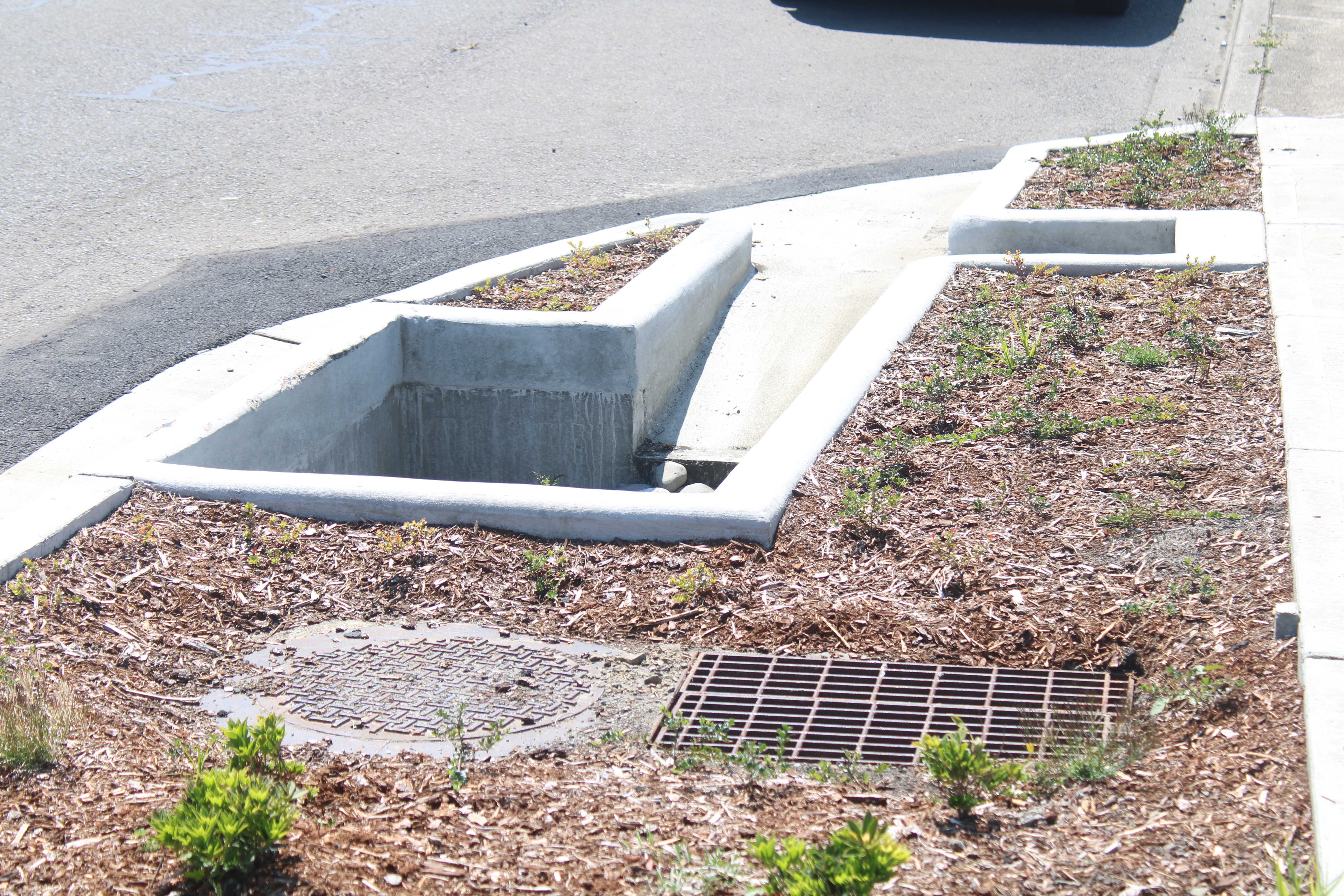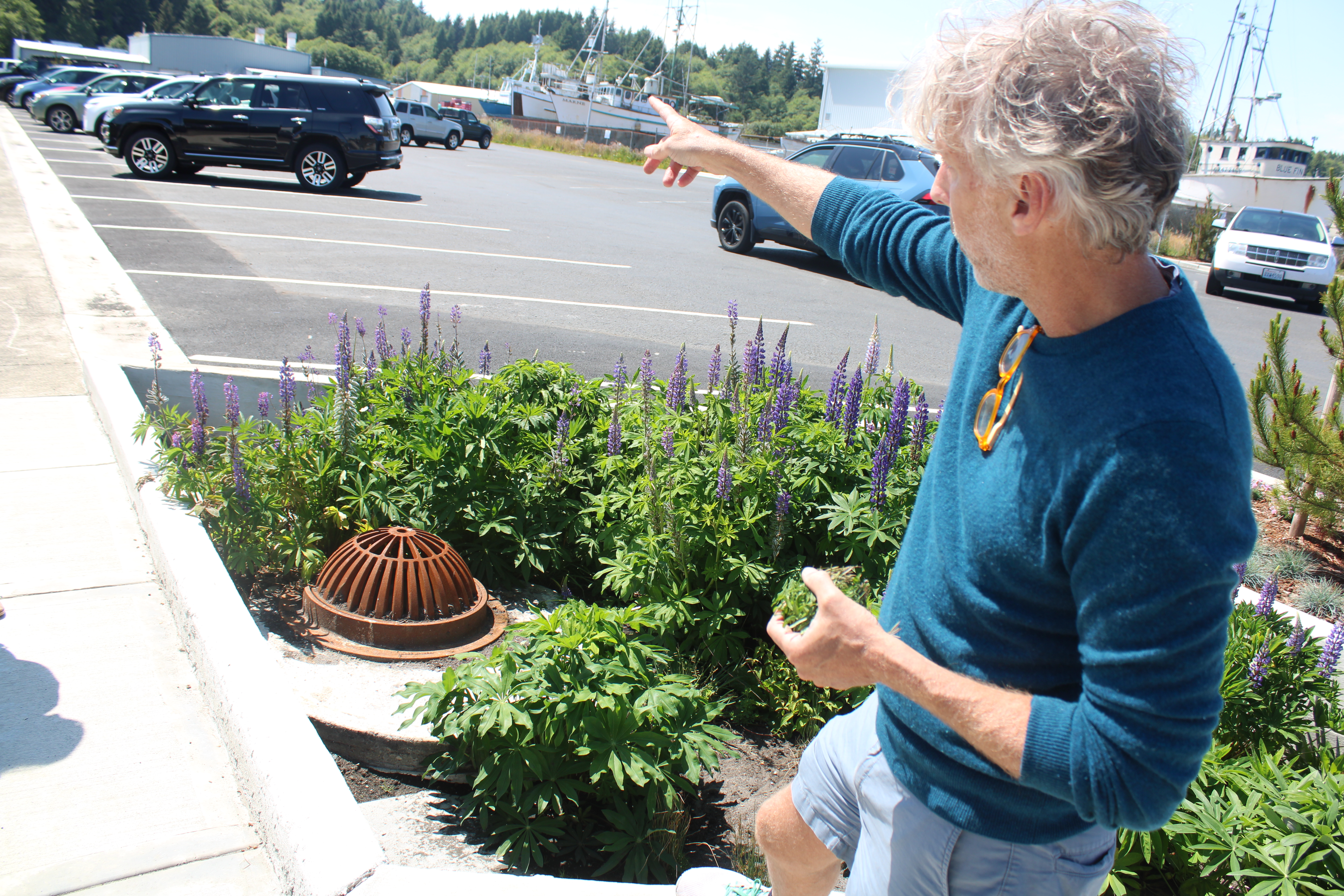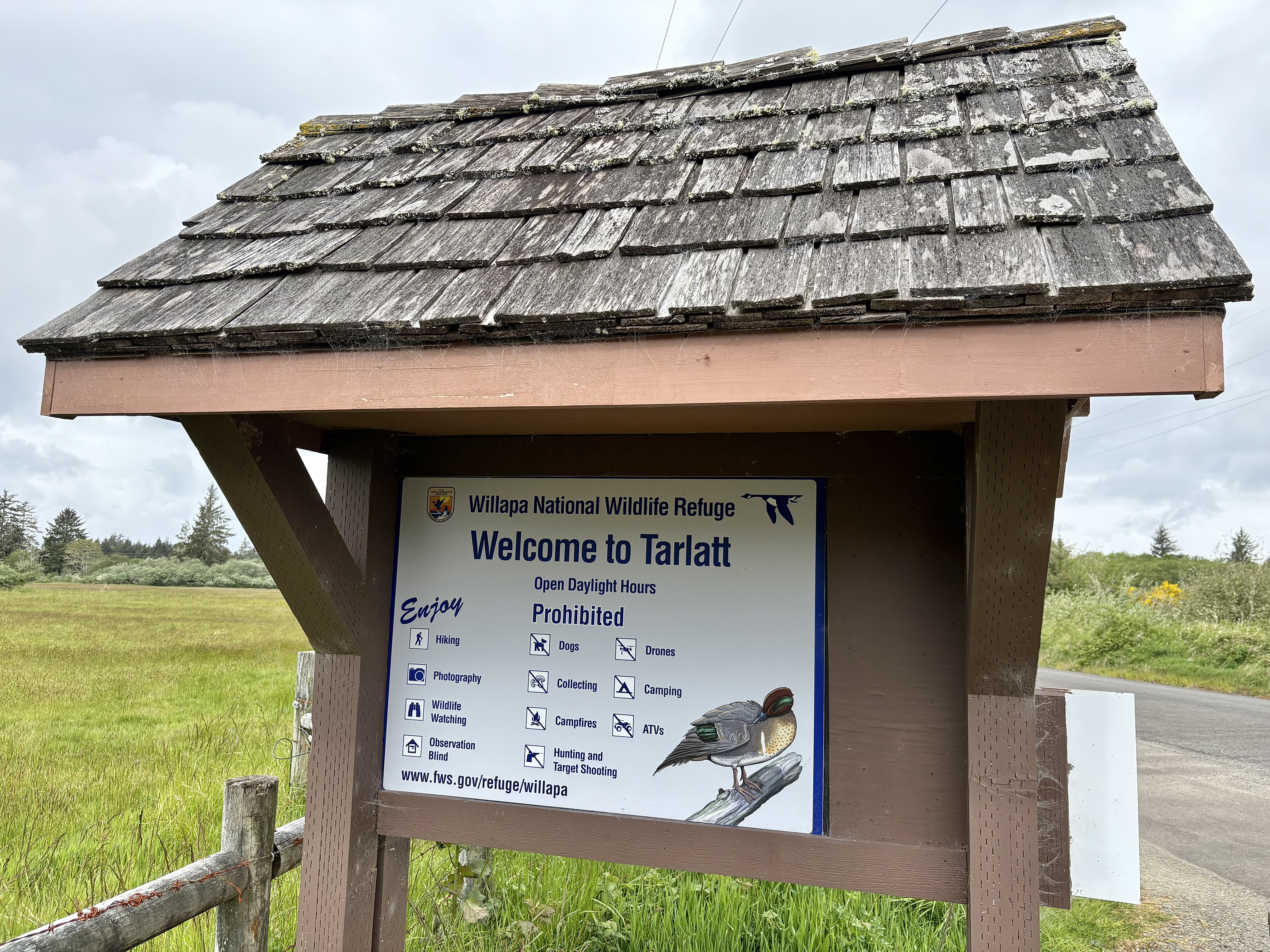Oil spill triggers great news for Baker Bay: Crabber crash provides matching funds
Published 9:07 am Monday, June 30, 2025



ILWACO — Completing a project more than a decade in the making, officials on the southern end of the peninsula confirm bad situations do sometimes bring about good outcomes.
City and port officials last week were briefed and received a tour of the nearly $2 million stormwater retrofit project at the Port of Ilwaco by Lower Columbia Estuary Partnership (LCEP) staff, which partnered with the city and port on the project. The aim is to prevent untreated stormwater from being discharged into and polluting Baker Bay by incorporating a variety of new measures.
Completion of the project that began last fall caps a more than 10-year journey from conception to reality that was borne out of the December 2014 sinking of the F/V Titan, which crashed into Jetty A just outside of the bay with about 4,600 gallons of oil and fuel on board. The resulting oil spill from the 78-foot crab boat’s demise left a visible sheen on the Columbia River for three days, and the vessel was never salvaged.
Trending
The city of Ilwaco received a Natural Resource Damage Assessment settlement following the oil spill, and $325,000 was leveraged from that settlement in 2021 to win state funding for the stormwater project. The city received a $1.85 million grant from the Washington State Department of Ecology, with the settlement funds being utilized as the needed 15% local match.
‘Really super unique’
Ilwaco City Administrator Holly Beller relayed comments from Ecology officials who called the project “really super unique” in that it’s functioning so closely to where the damage from the oil spill occurred.
Last September, after going through a multi-year preconstruction process and ensuring that a laundry list of design requirements were met, city councilors authorized Mayor Mike Cassinelli to award the contract for the project to Aberdeen-based general contractor Rognlin’s, which submitted the only bid at $1.94 million. Work began later that month and mostly wrapped up earlier this spring.
More than 30,000 square feet of paved surfaces were removed from the port’s parking lot and parts of Howerton Way. Some were replaced with higher quality asphalt, and others with a mix of new landscaping, sidewalks, dozens of trees, curbs, gutters, paving and other improvements designed to more effectively treat and drain stormwater runoff.
For Chris Hathaway, LCEP’s project manager, what caught his eye when he first visited the port years ago were the “giant parking lots” and the storm drains that go right into the bay. “One thing that [these improvements] are really good at is preventing oil from trucks and cars and whatnot from running untreated into the bay.”
Trending
According to Hathaway, the goals for the project are multi-pronged: Improve the water quality that is entering the bay; enhance the connection between the parking lot and the main port district; and make the parking lot more aesthetically pleasing.
“[The oil spill] was a one-time thing and it was terrible, but this project is long-lasting and it will be functioning and cleaning water for decades,” said Hathaway. “It was a long timeline to get into place, but it also has a long timeline of benefits, too.”
LCEP has also engaged local students during the process, which included a stormwater engineer, landscape architect and an educator giving lessons about the project to several classes at Ilwaco High School. Students also visited the site while construction was ongoing and identified different stormwater facilities and looked at construction plans.
Rain gardens, BioPods
One of the more noticeable additions at the port was the implementation of bioretention facilities — better known as rain gardens — that are aimed at reducing untreated runoff and filtering out pollutants. With the addition of colorful flowers and other plants, the rain gardens have also improved the aesthetics and helped level out the severe “green” imbalance that previously existed between the two sides of Howerton Way.
There are two larger rain gardens that have been added in the parking lot area, with about nine smaller ones spread out throughout the lot. While most people might assume that the stormwater that flows into the rain gardens is simply absorbed into the ground, Hathaway said a thick plastic-like material is lined below the soil.
“Water is actually not going into the ground. The water is flowing into this planter, and then the plants and the soil are absorbing the pollutants and taking the pollutants out,” said Hathaway. “Water that isn’t taken by the plants or absorbed by the soil filters into the french drain — a pipe with holes in it — and that slowly makes its way out into the bay.”
Also included in the project was the installation of three BioPods around the parking lot, a proprietary system that collects stormwater and filters it through a mulch. With the pollutants in the stormwater filtered out, the water then flows into the BioPod’s planter or the existing storm system.
Put more simply, Hathaway says the BioPods are good at cleaning water in a very small amount of space.
A lot of potential
While the work on this project has been going on, Beller said the city has been drafting a salmon recovery report courtesy of funding from the state Commerce Department. The report highlights similar concepts that Ilwaco may look to incorporate into new construction requirements or suggest as improvements at existing residential homes that are struggling with stormwater.
Hathaway said the project is kind of like a proof of concept for the city and that these facilities can be built here and be integrated into the landscape. “I think there is a lot of potential for the city to get more Ecology money for these kinds of projects, for sure.”
Beller expects stormwater runoff to become more of a hot topic in the years to come, especially with new climate-minded requirements recently adopted by the legislature that cities and counties must consider when updating their comprehensive plans.
With this project now complete, Ilwaco has seemingly put itself ahead of the curve compared to its small-city peers — “which is very unusual for Ilwaco,” Beller said.












